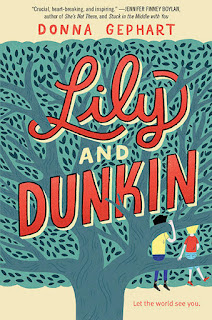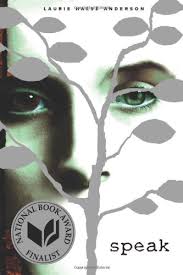McManus, K. M. (2017). One of Us is Lying. NY: Delacorte Press.
Addy, Bronwyn, Cooper, Nate, and Simon are in detention together because a teacher found phones in their backpacks that according to them, are not theirs. That is just the beginning of a much more sinister mystery. This is the way the novel One of Us is Lying begins.
Early in the story, Simon mysteriously and dramatically dies right in the middle of detention from an assumed peanut allergy. Knowing about his peanut allergy and the police finding traces of peanuts in his water, the suspicion immediately falls on the others. They are all quite different people in every way, and although not connected to each other, all may have a motive to kill Simon. Simon likes to gossip and spread rumors via an app used and read by many students at Bayview High School.
As the police investigation zeros in on the group, they are forced to work together to find real answers. When the accusations begin to fly, evidence is found, and arrests are finally made, the story will climax in a revelation that the reader won’t see coming.
According to Hainghurst’s Theories of Developmental Tasks, readers in this range are developing more mature relationships with people of the same age, along with developing values and morals that ultimately guide their behavior. In a time where social status is everything, this novel highlights the consequences of spreading rumors. As we have seen in the news, quite a bit over the years, it can even lead to death. McManus does a great job laying out details in a way that keeps the reader guessing. I couldn't put this book down because I thrive on figuring out the answers before the author tells me. I couldn't do it with this one! Who doesn’t love a good mystery and surprising ending? This book would be suitable for upper middle school and high school readers.
**NYT Bestseller 2017
https://twitter.com/writerkmc?ref_src=twsrc%5Egoogle%7Ctwcamp%5Eserp%7Ctwgr%5Eauthor- Karen McMnaus' Twitter Page
Author Interview























